THE shooting world is wallpapered with time-honored conventional wisdom that many accept without question. One of these is that dirty barrels lose accuracy. Meeting someone who has actually tested that theorem is finding-Bigfoot tough, though. They may be out there; you just never seem to be able to find them.
As luck would have it, there I was one recent afternoon going back through my data book on a Bravo Company Mfg mid-length upper that has been in long-term endurance testing with FireClean lubricant.
The AR was at a carefully logged and tracked 6,210 rounds fired with nary a care given to the bore over the last 18 months. The bore looks, well, dirty. Not like “you missed a spot” dirty, more like “give a drill instructor a heart attack” dirty.
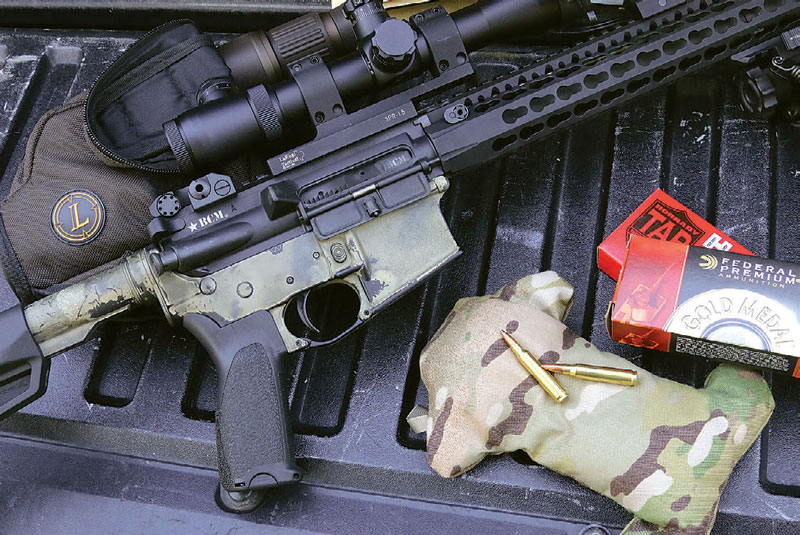
I knew from the types of drills I shoot that it seemed to be shooting well and thought I might check it. Then I realized I’ve never grouped a rifle that dirty and didn’t know anyone else who had either. The idea that it might be interesting settled in, so I gathered some loads and set out to do it right.
The rifle is built around a BCM standard government profile 16-inch barrel with a lightweight KMR A aluminum KeyMod rail handguard. The lower is a Noveske with a Geissele Super V trigger. For the test, I mounted a Leupold MR/T 2.5-8X optic. The rifle was secured up front in a Shadow Tech PIG Saddle and with a Badger Ordnance “Badger Bone” support bag under the buttstock.
The shooting was done on a glorious day with perfect weather in the low 70s. The rifle was allowed to cool every six shots for a couple of minutes while I recorded hits, but each group was fired with a slightly warm barrel. I had two loads each from Federal, Hornady, and Black Hills chosen to give a cross section of .223/5.56 loads without any knowledge of how they might group in this particular rifle.
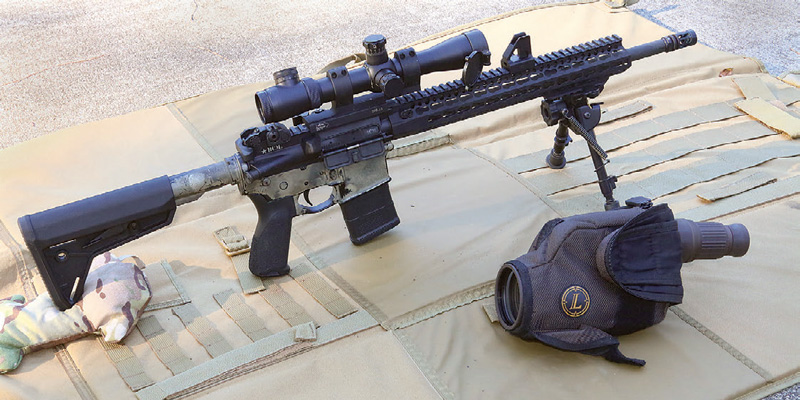
Table of Contents
THE BACKSTORY
But I’m getting ahead of myself. This is probably as good a time as any to consider how we came to accept that rifle barrels must be spotless to do good work.
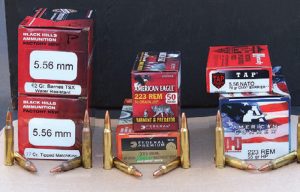
In the olden days, when black powder was poured down the muzzle end to make the rifle go boom, each shot left a considerable amount of fouling in the bore. These deposits accumulated quickly with successive shots and did no favors to accuracy. The fouling was also corrosive and, even if only a single shot were fired, the rifleman needed to clean the bore soon after to keep the barrel from getting eaten slowly from the inside by the rust monster.
A couple hundred years of this, from Plymouth Rock to about 1900, cemented the need to clean in the collective consciousness. The arrival of non-corrosive smokeless powders didn’t change this overnight, because for generations the rifle cartridges were ignited with primers that used a corrosive compound, spewing flame and potential rust demons down the tube with each shot. Judicious cleaning was still necessary to keep the bores clean and sparkly.
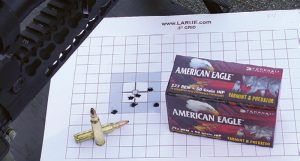
Soon after the U.S. military adopted non-corrosive primers, wholesale, fielding the fiasco of the “self-cleaning” M16 rifle. GIs neither taught to clean their new rifles nor equipped with the necessary cleaning equipment had some urgent problems in the jungles of Vietnam.
This pretty well locked in the conventional wisdom that had served well since the Kentucky Rifle: clean the rifle!
As a service rifle competitor, cleaning interval was a matter of hot debate among the old salts with their chests full of medals. Opinions ranged from after every practice or match (approximately 60 rounds) to once a week to two or three times a season.
I don’t recall any having empirically proved their claim. It was, like so many passionate beliefs in the shooting world, intuition based on experience.
GOING HOT
Thus I settled in behind this particular dirty rifle with a great deal of curiosity. Six thousand plus rounds are a lot of ammo, likely more than double what the average owner will ever fire through any one rifle.
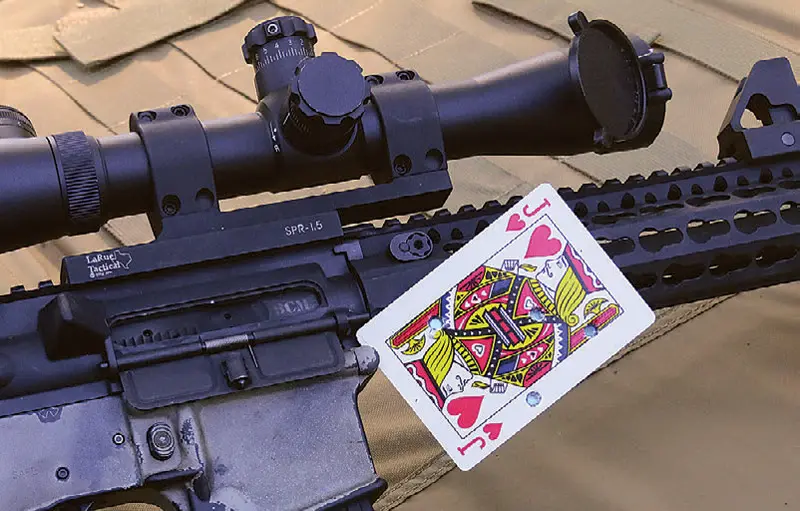
For example, if the typical shooter fired two boxes of ammo on a monthly trip to the range, it would take about 13 years to reach that level of fouling.
I took my time and fired groups of three shots. I fired one group, plotted it in my data book, and fired another group of three over it. I would then switch to another target and repeat the process.
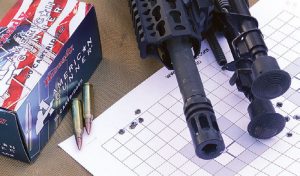
The five-shot groups are the “best five” of the six rounds comprising two successive three-shot groups. This fiveshot methodology is similar to at least one testing facility I am familiar with. Doing the groups this way let me look at the data to compare three- and five-shot results.
The whole three- vs five- vs ten-round groups is another exhausting debate in the rifle world. The data is displayed to be able to look at the results multiple ways. It may take a little study to sift through the tables. For those with table phobia, the plain language points are below.
INTERPRETATION OF RESULTS
The filthy barrel still piled up half a dozen legitimate sub minute-of-angle (MOA) three-shot groups and a single sub MOA five rounder. Yeah, crazy, isn’t it?
The average of the best three loads— Federal Varmint, Federal Gold Medal Match, and Hornady American Gunner— individual best three-round groups was an impressive .79 inch. That number doubled to 1.6 inches for all tested loads’ best three rounder.
For reference, when I am testing a new rifle, I tend to be happy if it cuts an MOA for three shots with any load and am generally fine with a rifle that does 1.5 inches consistently with good ammo. Getting that 6K in? I’ll take it.
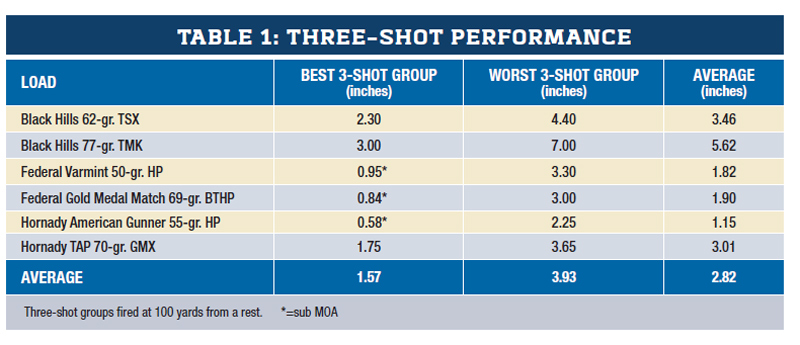
Going to the worst-case average: The extreme spread averaged across all fiveshot groups from each load was 2.85 inches. Throwing out the bottom three loads brings the overall average for fiveshot groups down to 1.8 inches across the top three. This would have been very respectable performance for a mid price point hunting rifle a generation ago.
I was interested to find that the most common spread of three-shot groups tended to closely align with the best of the five-shot groups for each load. In some loads, this was a very close alignment. I will continue to look for this trend in other rifles.
There was a greater extreme spread between best and worst groups in a given load than I am used to. This may be the one area where the barrel’s dirtiness had an effect. It is equally possible that the variation is at least partly a result of the number of groups fired in one day and human error.
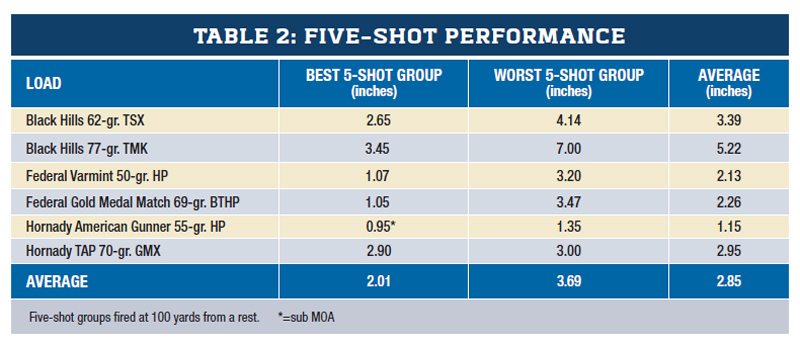
Either way, this threw the average slightly off, as most loads were a series of relatively similar groups with one “outlier” worst group that skewed the average. For example, dropping the outlier three-shot group from the Federal Varmints cuts the average down by half an inch to 1.3, which is more representative of what I would expect, but the full average and worst groups are reported in each case.
It is best to resist extrapolating these results to broad conclusions. Yes, this particular and very dirty rifle shot rather well, better in fact than many new rifles. What that says about your rifle? Dunno. But a couple of conclusions are fairly safe.
TEST CONCLUSIONS
One is the importance of actually grouping loads to verify their performance in a particular rifle. This is one we all tend to violate. If load X shoots great in rifle A, we slap it in rifle B and expect the same.
Coming into this, I chose Black Hills Tipped MatchKings because they tend to be magic. My confidence in them borders on faith. That they grouped poorly in this rifle confirms the importance of checking compatibility with each load and rifle.
A related point is conferring the best grouping onto the rifle as a general capability. This barrel stacked American Gunner hollow points into one nearly half-inch group. But the more duty-oriented TSX and GMX loads were about three MOA. The rifle’s capability is defined by the rounds that are currently in it rather than what a different pet load shot. This is a somewhat obvious point, but borne out by this example.
For those who are concerned to max out the rifle’s potential but still have a high-performance projectile, some experimentation is probably required with several different brands, bullet weights, or projectiles.
In this rifle, there was very little zero shift among the six loads, despite a wide range of weights and velocities. All but one shot fired fell within the head box of a typical silhouette, and the great majority fell within the same approximately three-inch circle. The shift would likely not be a factor inside of 200 yards. This is consistent with what I’ve seen elsewhere.
This shoot reinforced my continued appreciation for America’s Rifle. To have a mixed-parts gun that has been ridden like the proverbial town bicycle shoot group after group into a halfdollar- sized cluster with a variety of loads was impressive.
Every BCM upper or rifle I’ve ever driven has shot well, and this one may have taken that to a new level of achievement.
To be clear, I don’t think this experiment settles the debate on dirty barrels. In fact, it will probably just flare up opinions and possibly introspection across the spectrum, which is healthy.
I think the results of accuracy testing such as this and cleaning/lubrication endurance tests do point to just how well our current rifles work.
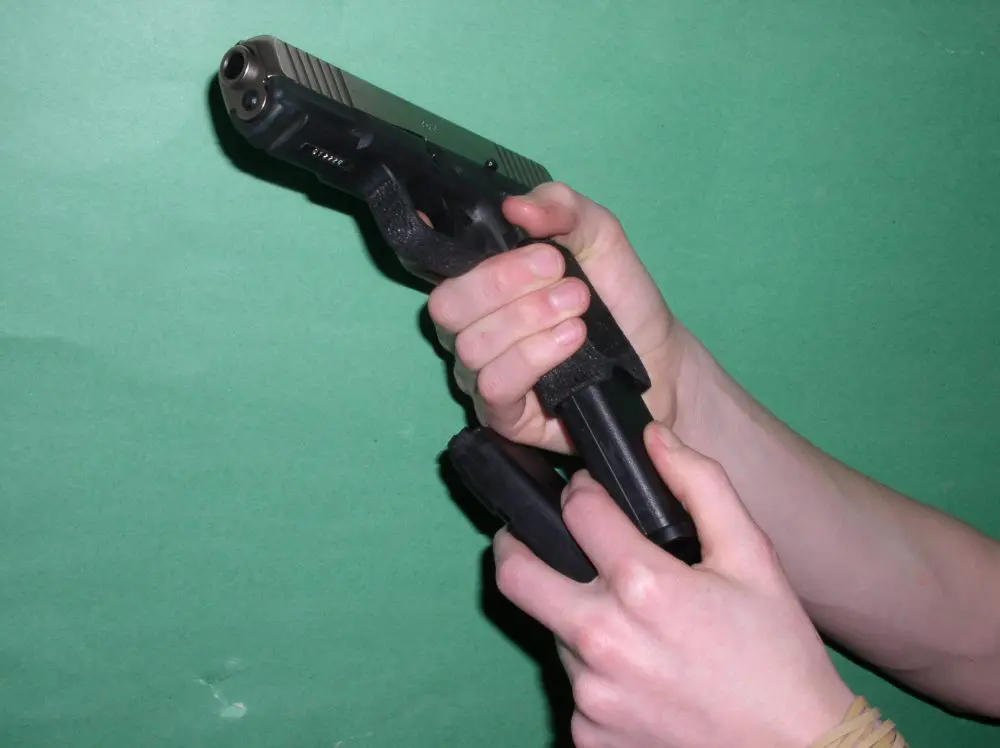
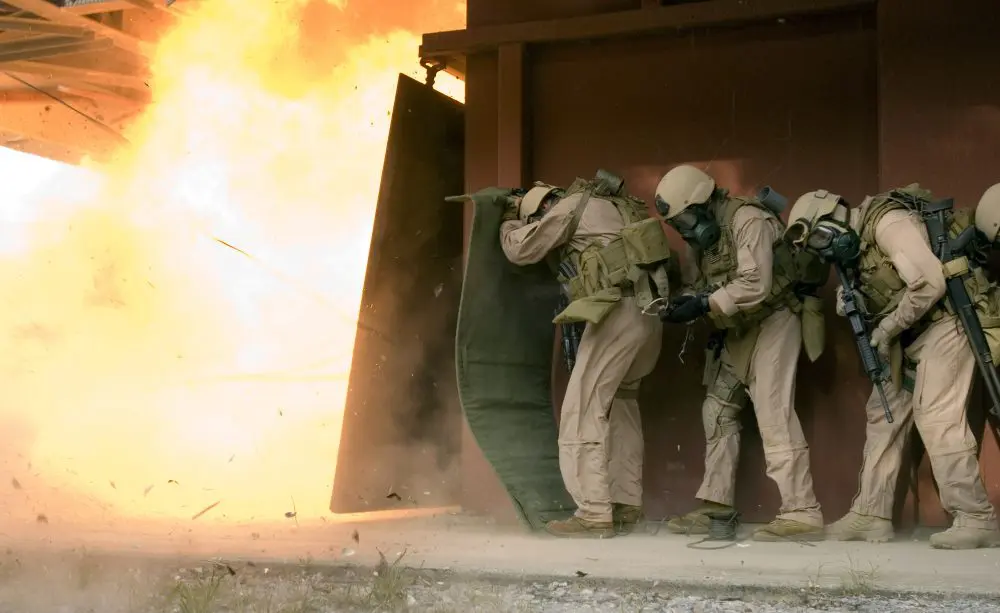
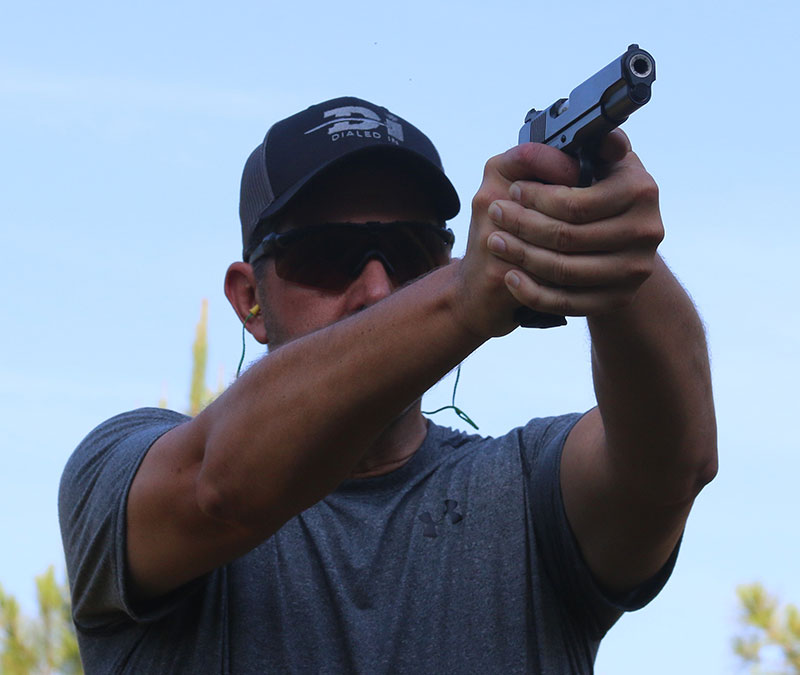

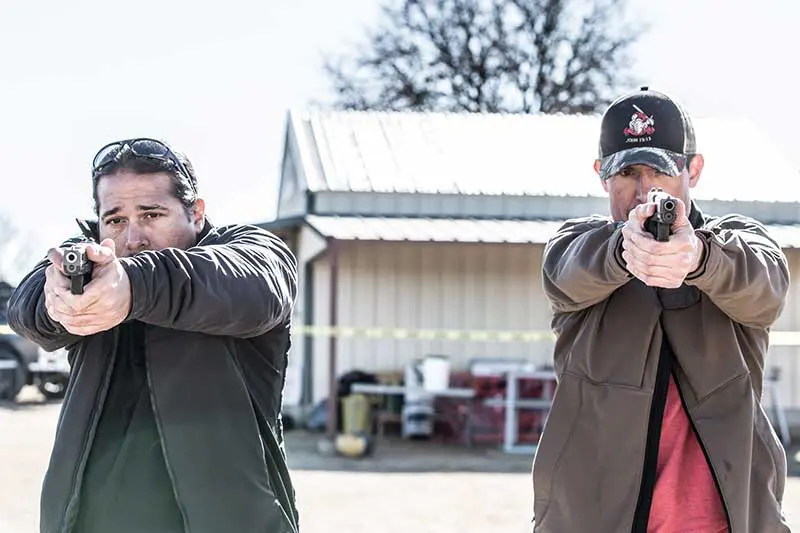
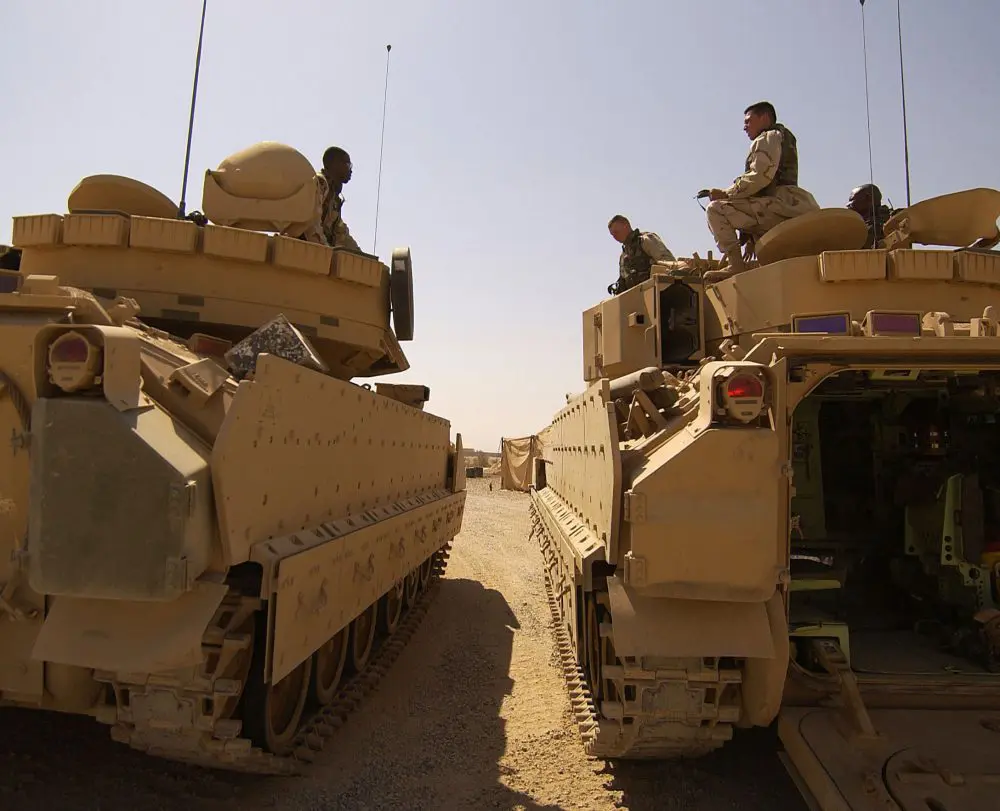
2 comments
Did you then clean the rifle and test how it grouped with the same loads?